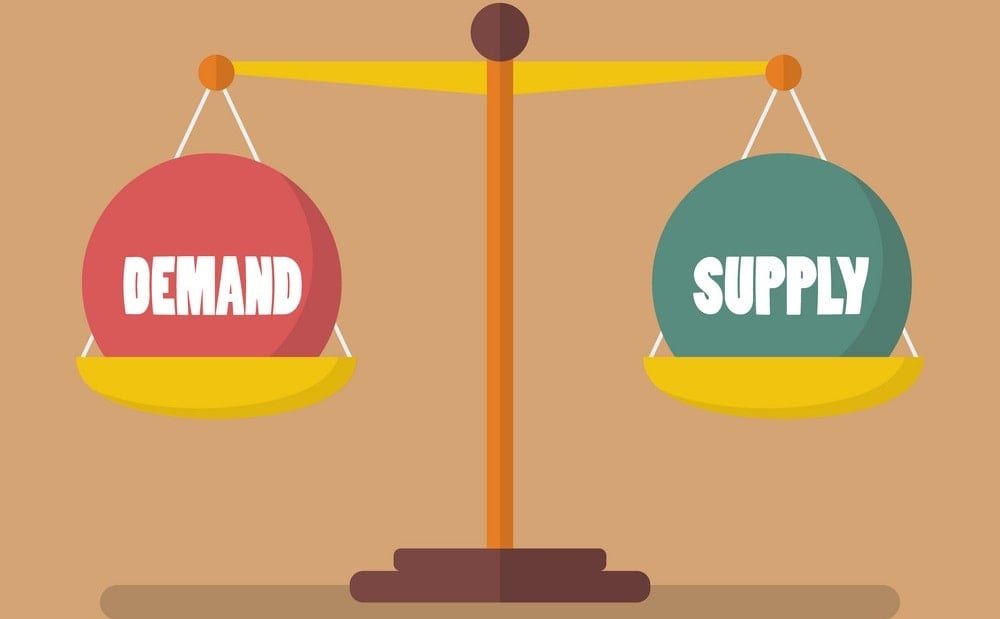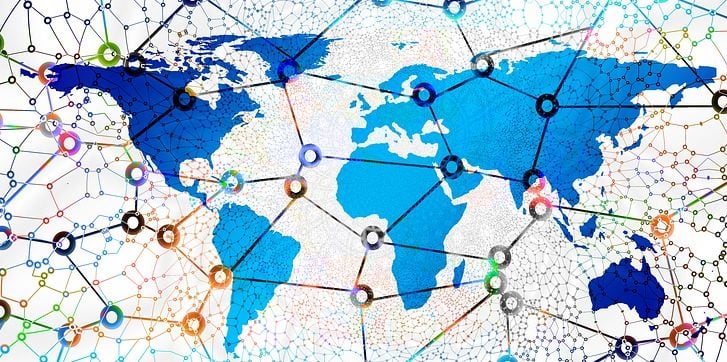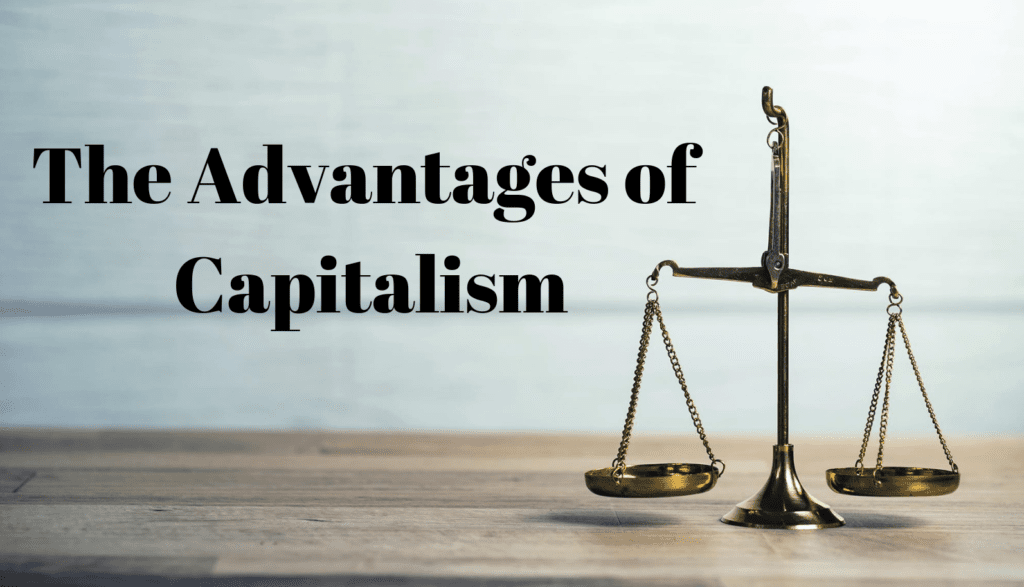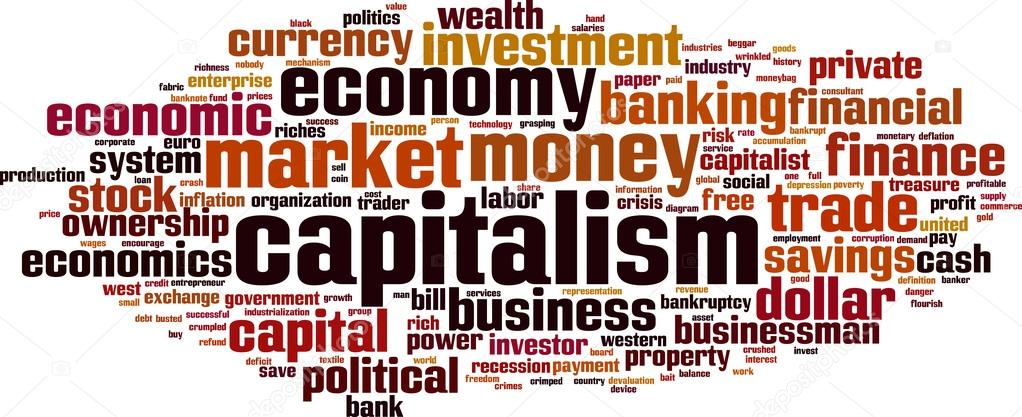Many know something about the history of capitalism. Knowing how a capitalist economy actually works, though, can be confusing.
Today’s global economy has adopted new economic models to adapt to new technology.
This article explains what capitalism is, its pros and cons, and looks at economies in the world.
What A Capitalist Economy Is, And Is Not
Three distinct characteristics help us to define what the capitalist economic model is. Looking at what the model is not is also helpful to better understand how the system does and does not operate.
What It Is:
The following three elements separate the capitalist economy from other economic models. If even one of these characteristics is not met, then the system is not capitalist.
Essential elements of a capitalist economy:
- Factors of production are privately owned
- Operates by supply and demand
- Profit-driven
Privatized Factors of Production
A capitalist economy requires that the factors of production be owned privately. 'Factors of production' is a term that refers to what goes into producing goods or services.
Economists divide the factors of production into four main areas:
- Natural resources: Any natural resource used in the production of goods or services.
- Labor: Any work put in by an individual towards the production of goods or services.
- Capital: Any goods purchased with money towards the production of goods or services.
- Entrepreneurship: The driving factor that brings the other factors of production into a business.
These four factors are inputs that produce economic output, being goods or services.
For example, if someone builds a house to sell, they are using all factors of production. Entrepreneurship drives them to take on the task. They need land (natural resource) to build on, a process that requires labor and capital (equipment, tools, building materials, etc.). Capital, in this sense, doesn’t strictly refer to money, though you will need that to start a business.

Supply and Demand
Ownership of the factors of production must remain private in a capitalist economy.
Why?
Because a capitalist economy operates in a free market, which is based on supply and demand. Supply and demand set prices in a capitalist economy and encourages market competition. A free market allows the economy to ebb and flows according to production and market demands.
Capitalist economies should remain free from too much government regulation and involvement. The laissez-faire model of capitalism promotes a hands-off approach to the economy.
Profit-Driven
As such, a capitalist economy is profit-driven at its core. Profit, as it exists in modern society, is synonymous with capital. We can view profit more broadly, though, as anything of greater value that comes out of what we input.
When more value comes from the economic process than the value that we put in, the process is profitable. Profit-driven economics is also often referred to as self-interest.
In capitalism, value is placed in wealth, so profit is usually judged along those lines. Private entities are always motivated to maximize profits in this economic model.
What It Is Not:
Capitalism has always been positioned as the opposite of socialism and communism.
In socialism and communism, the factors of production are owned by everyone. Of course, as with any economic model, this varies in practice.
A capitalist economy is not:
- Centralized
- Driven by anything other than profit
- A model of governance
Not Centralized
Because capitalist economies operate in a free market, they are decentralized by nature. All goods and services are given out according to the market and the entities that produce them.
In contrast, socialism centralizes its goods and services and distributes from that entity.
Not Driven By Anything Besides Profit
Private entities in capitalist economies are driven by profits. In fact, they have to be to sustain themselves. That’s the nature of the system.
Some companies focus on things other than profit, but they only can do so if their business is profitable.
For example, Tesla's mission is to sell electric cars that are better for the environment. While that may seem like the company’s drive, it is secondary to profitability. CEO Elon Musk is accountable for losses and always sets new goals for profitability.
Not a Governance Model
The capitalist economy is not a governance model. The U.S. runs a version of capitalism, but the economy is separate from the government. The government is supportive of it and engaged with it.
"What got us out of the Great Depression was Capitalism, and we would have gotten out a lot quicker had the government not intervened." -Peter Schiff
Pros and Cons of The Capitalist Economy Model
As with any economic model, things work better on paper than they do in real life. Capitalism comes with its advantages and disadvantages. Some of the advantages of the system are direct contributors to the disadvantages.
Over time, other models have developed to fix the downsides of the capitalist economy.
Advantages
Economist Milton Friedman -- who won a Nobel Memorial Prize in 1976 -- was a huge advocate of capitalism:
“So that the record of history is absolutely crystal clear, that there is no alternative way so far discovered of improving the lot of the ordinary people that can hold a candle to the productive activities that are unleashed by the free-enterprise system.”
That said, there are three main benefits to the model.
Innovation
The most significant advantage to the capitalist model is the need to innovate. Capitalism promotes innovation because of competition in the free market. As supply and demand dictate profit, companies innovate to become leaders.
For example, an argument against universal healthcare in the U.S. is based on the theory of innovation. The premise is that the U.S. is a leader in healthcare because it is private and thus forced to compete and innovate.
Competition
Competition is one of the key pillars of the capitalist model. It is created by the supply and demand of the market and inspires innovation.
The competitive nature of capitalism encourages economic and GDP growth. It also stands to reason that it will encourage lower prices on goods and services.
Pricing
Supply and demand allow customers to decide where they want to spend their money. Competition for consumers in a free market creates the best (lowest) prices possible.
Competition in the free market is great for consumers because it drives prices down.
"Capitalism is about the mutual creation of wealth rather than the pillaging of it." -Ted Malloch
Disadvantages
The competitive nature of capitalism does have its drawbacks, however. The same factors that lead to innovation can also lead to negative consequences. This includes monopolies, societal inequality, and resource depletion.
Monopolization
The problem with free markets is this: what happens when they aren’t competitive anymore?
Companies that amass large amounts of wealth and market share end up making the market less free. As big players dominate, they crush or absorb existing competitors. They also create barriers of entry for new businesses.
Google, for example, has basically monopolized the internet. 90 percent of searches are done on Google. Facebook is the same way for social media, especially now that it owns Instagram and WhatsApp.
Once market share is taken by a few major players, competition starts to disappear.
Inequality
Winston Churchill said, “The inherent vice of capitalism is the unequal sharing of blessings […].”
One of the drawbacks of the free market is that it can create socioeconomic inequality.
As private entities compete, they become more cutthroat. Corporations that succeed in the market can amass, horde, and divide profits as they see fit. Wealth is distributed to a small percentage of people and barriers to access are created.
The U.S. is currently experiencing this problem. A Federal Reserve report found that the top 10 percent wealthiest Americans own 70 percent of the $114 trillion in assets owned by Americans. The bottom 50 percent own a meager 1 percent.
"The inherent vice of capitalism is the unequal sharing of blessings; the inherent virtue of socialism is the equal sharing of miseries." - Winston Churchill
Resource Depletion
Due to the model’s focus on profitability, the health of external resources is not considered. Resource depletion refers to the overuse of natural resources and labor.
“Capitalism doesn’t care about the climate crisis, but it is not supposed to,” wrote economist Richard V. Reeves in a piece for the Brookings Institute.
There’s nothing in the model that protects natural resources and the well-being of our labor pool. That is why governments have to step in to check and regulate these areas of the free market.
Mixed Models
Countries have created variations of capitalism that keep its benefits without the downsides. A mixed economy and command economy are two of the most prominent examples of this effort.
Command Economies
Command economies start with a central plan from the government. This plan is set for the near- and long-term future and includes economic goals for the country to hit along the way. It also stipulates how to allocate resources from production will.
Much like socialism, the government owns, operates, and regulates major industries. This includes industries such as energy, finance, utilities, and transportation.
China runs a command economy. Though recently, it has included more market freedom to stimulate faster growth.
Mixed Economies
A mixed economy is a version of the capitalist economic model with some safeguards put in place.
Mixed economies allow for some government involvement in economic activity. The government monitors corporations, imposes sanctions, and even influences the distribution of goods.
Trade regulations, taxes, and subsidies are ways the government influences the free market. It is a “pseudo-free market.”
This balance helps safeguard against monopolization and inequality. The government can also use resources from the private sector towards improving society.
The most notable example of a mixed economy is the U.S.
Capitalist Economies Around The World

Capitalist economies are very different in practice, due to many factors. Many economies influence the free market to lessen the disadvantages of capitalism.
Additionally, individual country markets have adapted to succeed within the ever-expanding global market.
The United States Model
The U.S. operates a mixed economic model.
While the U.S. economy is capitalist, it is not a true laissez-faire system. The government maintains many social programs that promote the welfare of its citizens.
The U.S. model benefits from free-market capitalism while minimizing the disadvantages. The government allocates resources from the private sector to benefit citizens. In theory, this balances the focus on profit with a focus on the general well-being of the populace as well.
Most countries operate on some type of mixed economic model. Globalization has made it impossible to stick strictly to one economic model.
Top Capitalist Countries
The U.S. does not have a true form of free-market capitalism according to several measures. Think tank The Heritage Foundation ranks the U.S. outside of the top 10 in its annual Index of Economic Freedom. This is year is no different.
They measure economic freedom based on the following factors:
- Rule of Law (property rights, government integrity, judicial effectiveness)
- Government Size (government spending, tax burden, fiscal health)
- Regulatory Efficiency (business freedom, labor freedom, monetary freedom)
- Open Markets (trade freedom, investment freedom, financial freedom)
Each category determines how free a market is and how close each economy is to true capitalism.
The following have the most economic freedom according to those measures:
- Hong Kong
- Singapore
- New Zealand
- Switzerland
- Australia
- Ireland
- United Kingdom
- Canada
- United Arab Emirates
- Taiwan
The U.S. is close to breaking into the top 10, currently listed at 12 behind Iceland.
Summary
“There is one and only one social responsibility of business—to use its resources and engage in activities designed to improve its profits so long as it stays within the rules of the game, which is to say, engages in open and free competition, without deception and fraud,” Friedman said.
Real world factors will affect the capitalist economic model. But, its tenets are clear: free markets and competition. As the global economy grows, new versions of will surely emerge to fit our evolving world.









